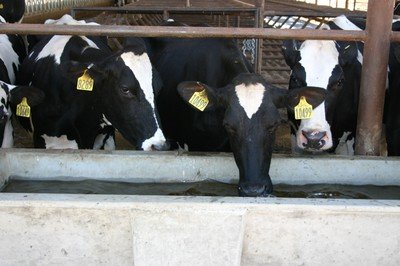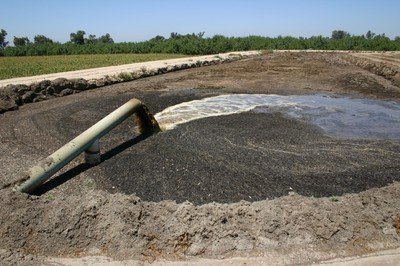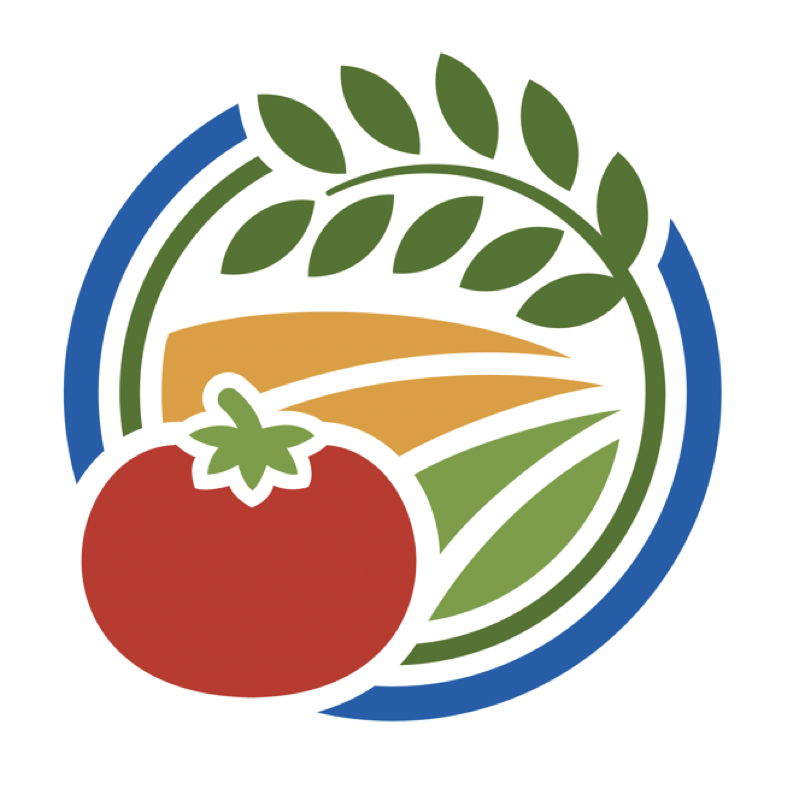The California Nitrogen Assessment team visits dairies
Turlock, CA dairies share knowledge, experience.
California dairies have a lot of cows. Therefore, they also have a lot of cow urine and feces to deal with. How this nitrogen-rich waste is managed can have a lot of impacts on how nitrogen moves around and through the dairy.

There are general principles to manure management, but on-dairy specifics may vary. Members of the California Nitrogen Assessment team visited two large dairies in Turlock, Calif., to learn more about how those dairies, and dairymen generally, are managing their manure.
Most dairies use their waste as a source of fertilizer for the corn they grow to feed their cows, and sometimes as fertilizer for other crops like almonds. It's a closed-loop cycle in theory, but there are leakages of nitrogen at points in the cycle, and these leakages are the source of many of the environmental and health impacts of nitrogen.
By talking with dairy producers about how they handle the flows of manure on their farm the California Nitrogen Assessment team will be able to provide a fuller picture of the best practices and technologies for nutrient management on dairies.
We also spoke with dairy producers about the Dairy General Order, which requires them to implement specific tracking mechanisms about how much nitrogen they are applying to field, and, by 2012, will require them to use a apply a specific amount of nitrogen to the fields of crops they are raising around their dairies.

- Manure water from the cow stalls flushes into a lagoon
The California Nitrogen Assessment team plans to visit more producers of various California crops this fall. Go to our stakeholders page to see a map of where we have visited so far.
We posted a bunch of photos from our dairy trip on Facebook. Check them out!
